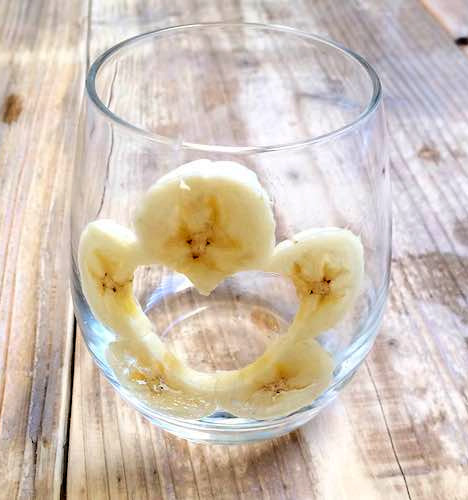
Ingredients

Potatoes
2 large russet potatoes (peeled and trimmed into blocks)
1/4 cup olive oil
pinch coarse salt
Mushrooms
1/4 cup olive oil
2½ cups thinly sliced crimini mushrooms (stems removed)
1¼ cup thinly sliced oyster mushrooms (stems removed)
1¼ cup thinly sliced portobello mushrooms (stems and gills removed)
1 large shallot, finely chopped
1 tbsp chopped chives
salt and pepper to taste
Method
Potatoes
- Preheat oven to 350ºF.
- Line a baking sheet with parchment paper. Brush with olive oil and sprinkle with salt.
- Using a mandoline, slice potatoes 1/8″ thick.
- Arrange potato slices in single layer on parchment.
- Brush with more oil, and sprinkle with salt.
- Cover with second piece of parchment paper.
- Bake for 12 to 15 minutes or until fork tender. Set aside.
Mushrooms
- Heat oil in large saute pan. Add mushrooms.
- Cook mushrooms on medium heat until all the liquid has disappeared.
- Add shallots and chives. Season with salt and pepper to taste.
- Remove from heat, cool slightly.
Assembly
- Preheat oven to 350ºF.
- On a baking sheet, create a layer of potato topped with a layer of mushroom mix. Alternate ingredients, creating three layers of mushroom and ending with a layer of potato.
- Place another baking sheet on top of lasagna with a weight (5 lbs) on top. Allow lasagna to compress for 1 hr.
- Before serving, place lasagna in preheated oven for 5 to 7 minutes or until warmed through.
Makes 4 servings.
Source: ciao!
Filed under: Recipe Clipping, Vegetable | Comments Off on No Pasta Lasagna with Potato and Mushroom








